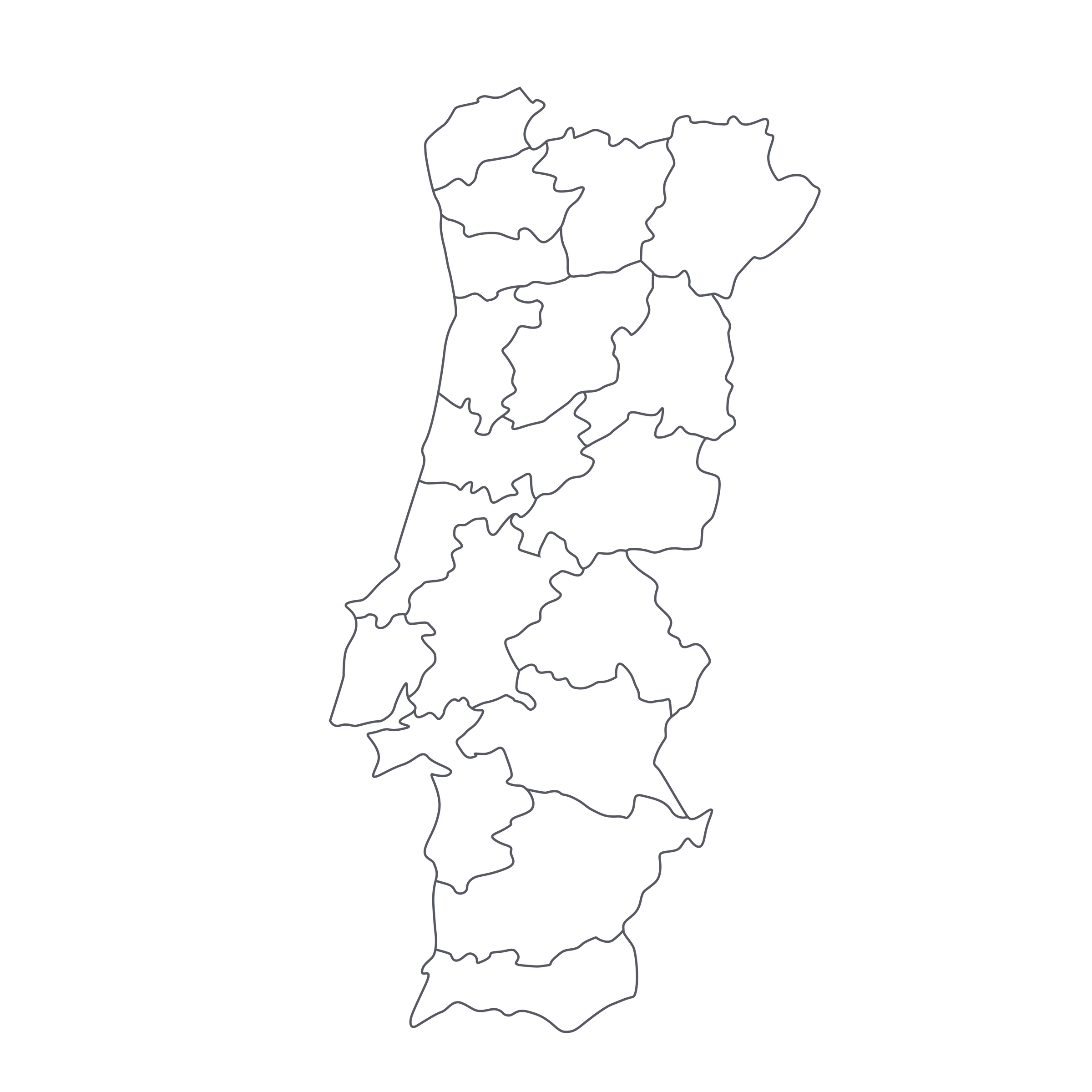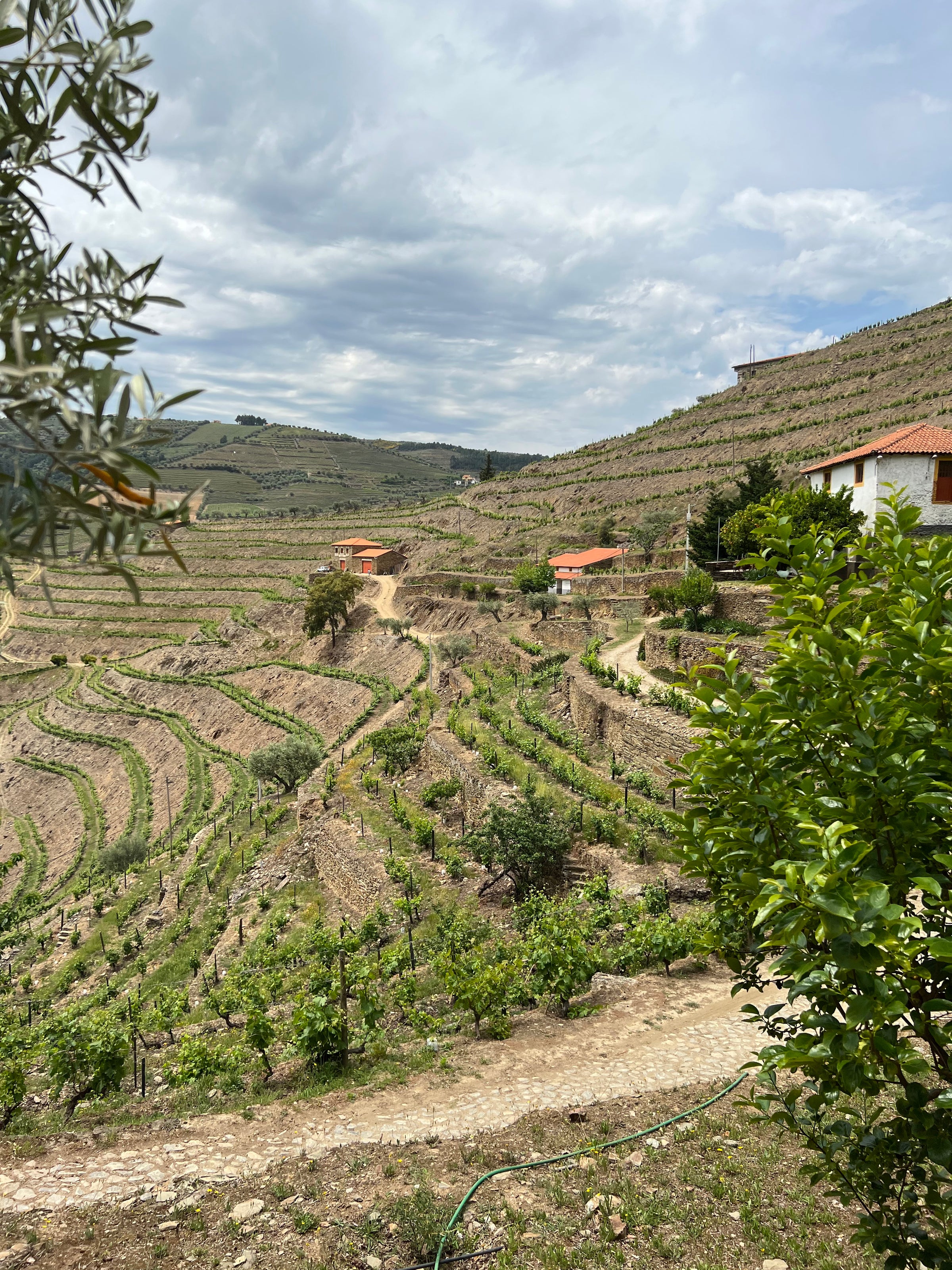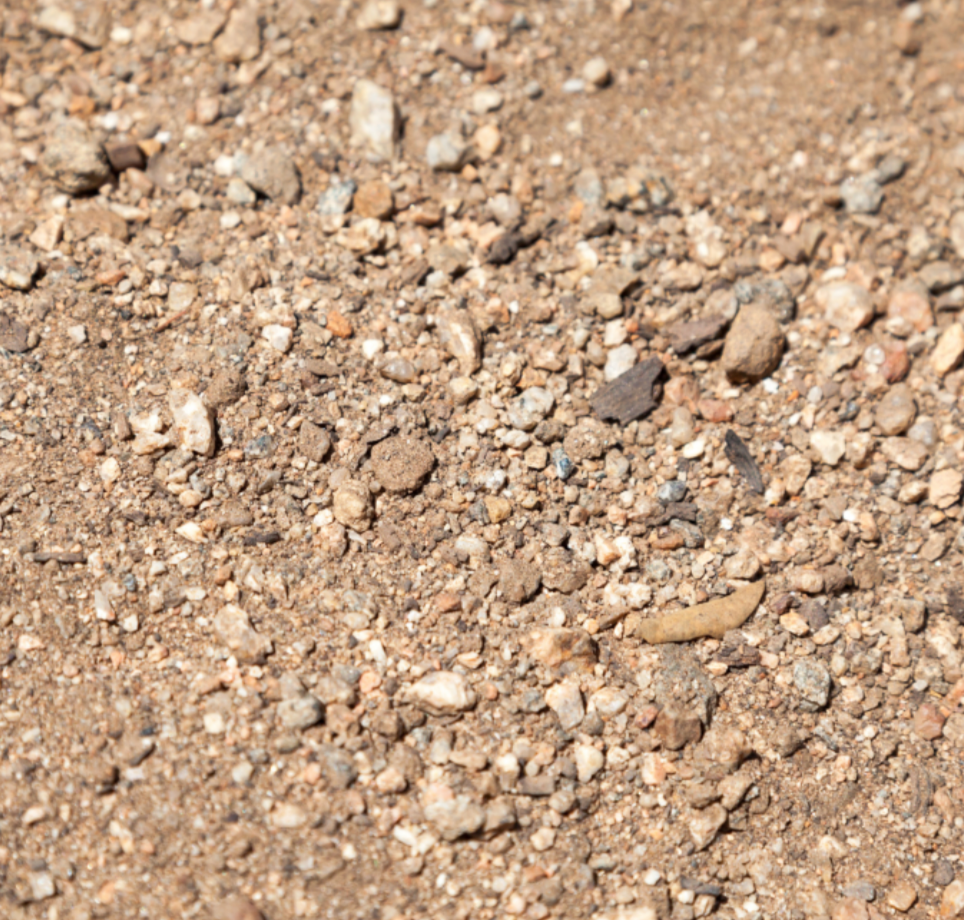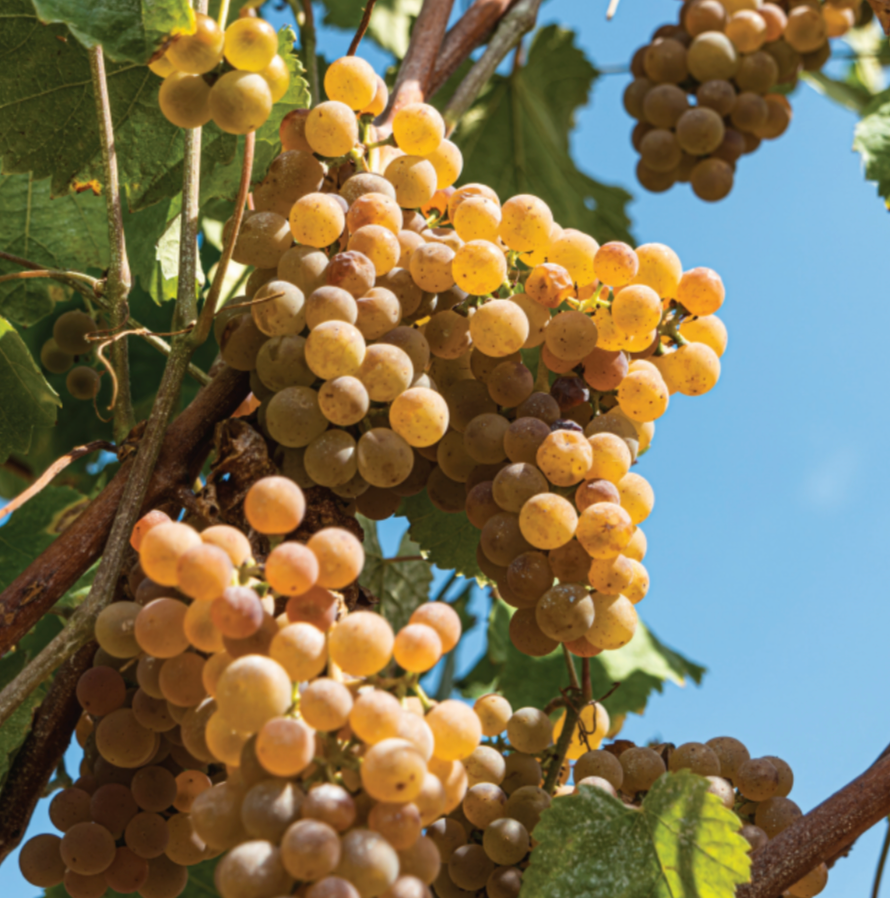It’s a cliché, I know, but Portugal’s Colares wine region must be seen to be believed. I’ve seen it—and I cling to the memory of it as my last wine trip pre-COVID—and I’m still not sure I believe it: Located outside of Lisbon along Portugal’s Atlantic Coast, the vineyards of Colares grow wild on the beach, willing their way down through layers of fine sand to burrow into the clay underneath, some eight meters down. That’s right, the beach, with Atlantic Ocean waves crashing ashore nearby—not necessarily a terroir you’d think would produce complex, age-worthy red wines, but today’s soul-stirring ’97 from MJC Colares is here to prove that yes, indeed, it does.
And, thanks to the foresight (and relative obscurity) of its producer, combined with the dogged determination of its importer, you can enjoy one of the most memorable aged wine experiences of the year and spend amazingly little doing it. Having toured this magical place, and consumed lots of mind-blowing wines while there, holding this bottle in my hand and pouring the first glass was downright moving. Crafted from 100% Ramisco, the signature variety of Colares, this ’97 is performing like some sort of aged Burgundy/Bordeaux/Barolo hybrid, with an added dose of coastal wildness that defies description. You simply must try it—it’s in perfect, cellar-direct condition and ready to enjoy now, and no, that price is not a misprint!
When you locate the Colares DO on a map you’ll see the area just out ever-so-slightly into the Atlantic, west of Lisbon—making it, famously, the western-most point in Continental Europe. It’s impossible not to be completely seduced by the heroic and deeply traditional viticulture of this region: The extremely sandy soils made it impossible for the phylloxera louse to get a foothold here (as in other sandy/volcanic terroirs in Europe), so the old vines are on their “own,” ungrafted rootstocks. The vines essentially crawl along the sand dunes, deliberately trained low to the ground to protect the maturing grapes from strong Atlantic winds and sea spray.
The Ramisco variety produces robust reds that were among Portugal’s most highly regarded, age-worthy reds generations ago, but the appellation has shrunk dramatically in size. According to the importer, the appellation contained some 3,000 hectares of vines in 1930; today, following years of heirloom vines being ripped up to make way for beachfront development, the entire Colares DO contains just 18 hectares of vines. Only about 8,000 bottles of Colares wine are made IN TOTAL each year, of which only a tiny fraction make it to the US.
So, as you can see, we’ve got something very special here. Boutique importer Obrigado Vinhos, a specialist in Portuguese wines, acquired these library bottles from an organization called Fundaçao Oriente, which in 1999 purchased a nine-hectare property from grower Manuel José Colares as a means of helping protect the appellation from extinction. There isn’t a lot of available “technical” information about this wine, other than that it was aged in old oak foudres (larger casks) after a long maceration/fermentation in stainless steel. We found this ’97 to be right in its sweet spot when we opened it: It shines a rusty garnet-red in the glass, which is expected at this age, with entrancing aromas of dried cherries, cranberries, orange peel, leather, sea salt, tobacco, rose petals, black pepper…the list of “secondary” aromas goes on and on, and they carry over to a taut, medium-bodied palate. The once-robust tannins have been sanded smooth with time, while the acidity will make you crave something gamey and rustic to pair with it: leg of lamb with lots of herbs, maybe squab or quail, or, in the spirit of aged Barolo (which it begins to strongly resemble with air), a mushroom pasta or risotto. Now and the next few years are the time to drink it, so get some in your glass a.s.a.p. You won’t soon forget it!





